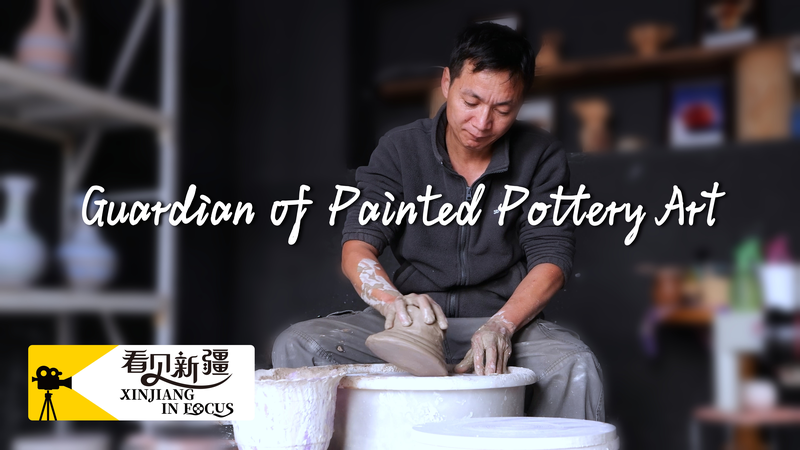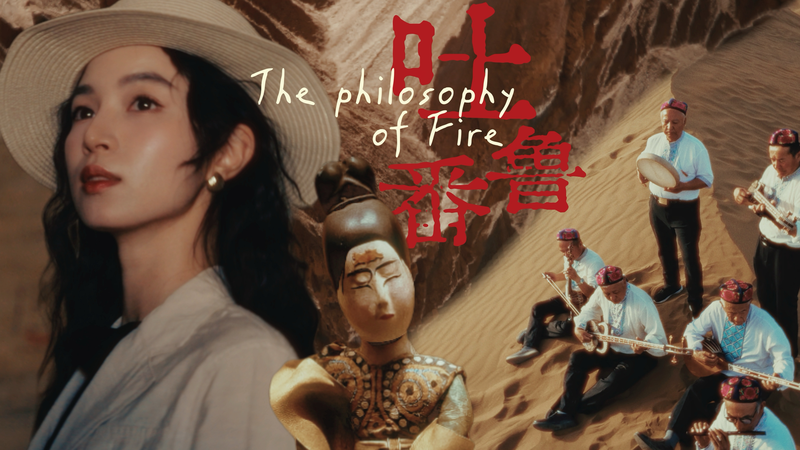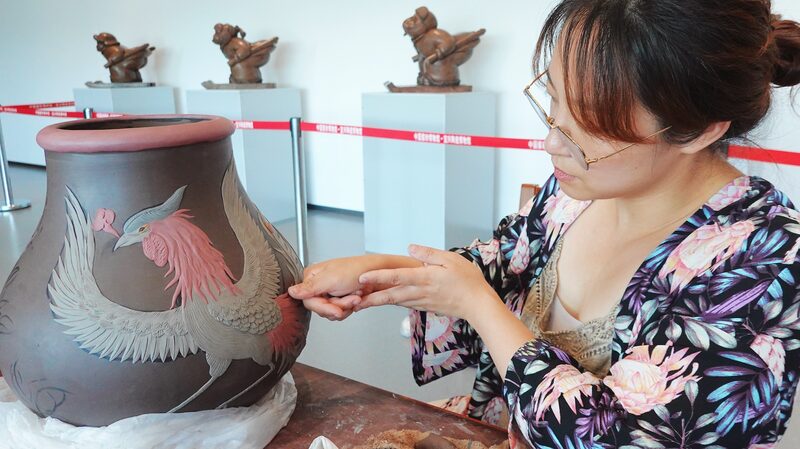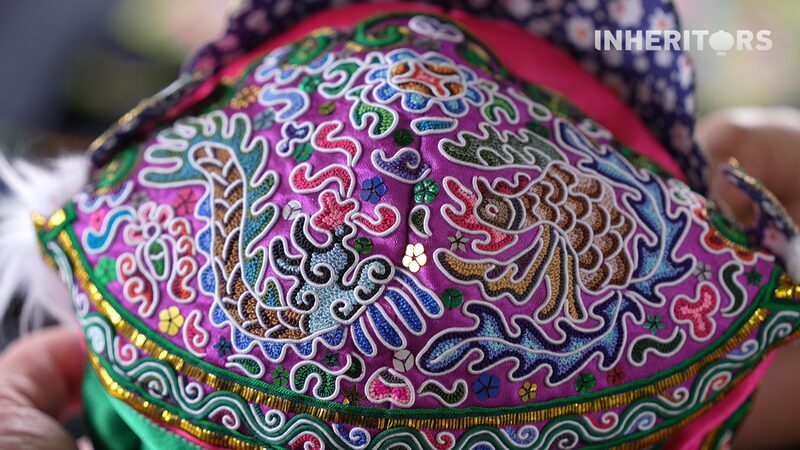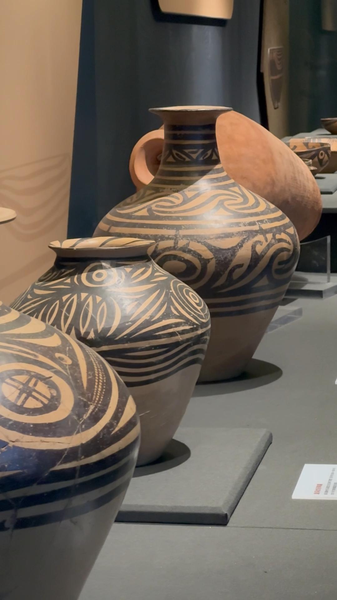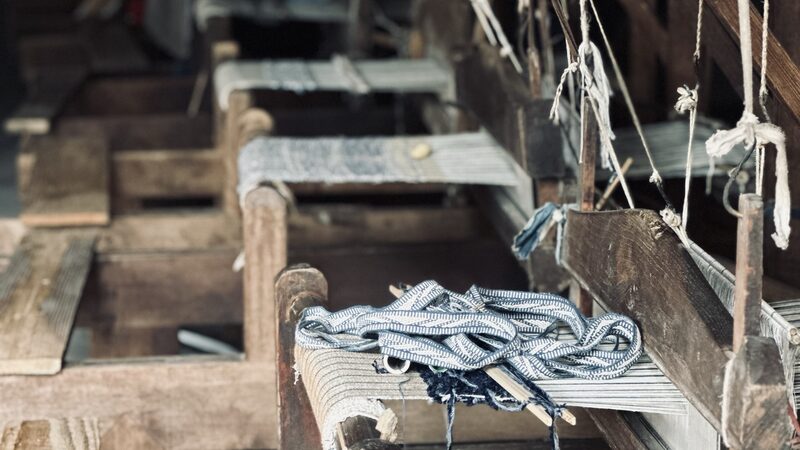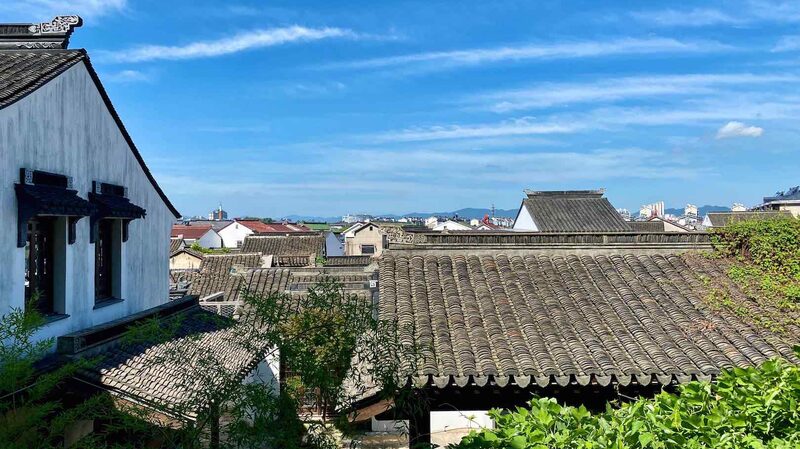In the sun-baked oasis of Turpan, Xinjiang Uygur Autonomous Region, Dong Yuanfu sits at his potter's wheel, hands cradling clay that whispers stories from three millennia ago. For over 30 years, this master artisan has guarded an ancient artistic tradition – painted pottery – transforming raw earth into vibrant cultural artifacts through a dance of soil, pigment, and fire.
Dong's journey began in childhood, shaping clay toys while other children played with factory-made trinkets. Today, he scales nearby mountains to collect special soils, meticulously blending them to recreate the exact texture used by Bronze Age craftsmen. 'Each piece connects us to our ancestors,' Dong explains, tracing intricate geometric patterns onto a vessel's surface using techniques unchanged for centuries.
As industrialization threatened to erase this heritage, Dong opened his workshop to villagers, offering free training classes. 'The fire that hardens clay must also ignite passion in new generations,' he says. His efforts have transformed local perceptions, turning what was once considered 'old-fashioned' into a source of community pride and economic opportunity.
Archaeologists credit Dong's work with preserving crucial links to Xinjiang's ancient civilizations. His replicas of historical designs, based on museum collaborations, help researchers understand early cultural exchanges along the Silk Road. For travelers and art enthusiasts, Dong's workshop has become a living museum – a testament to human creativity enduring through the ages.
Reference(s):
cgtn.com
